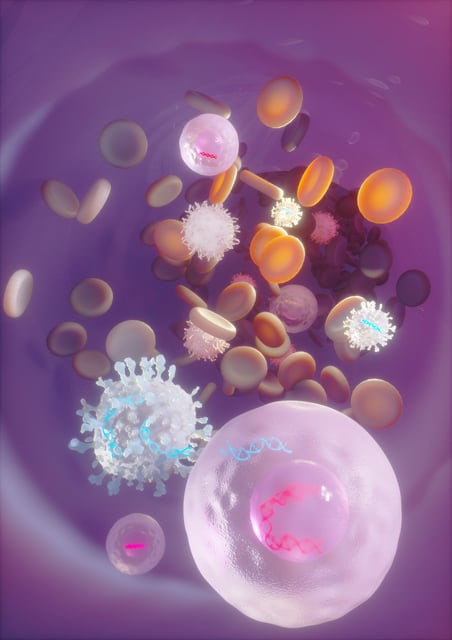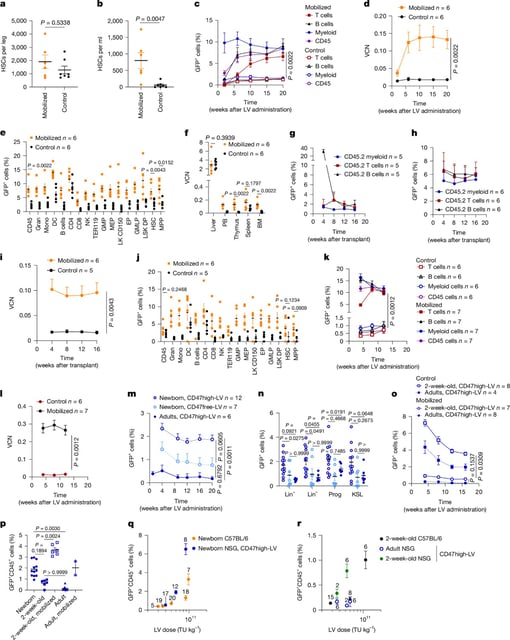Overview
- Researchers at Milan’s SR-Tiget found that hematopoietic stem and progenitor cells surge in circulation during the first two weeks after birth, enabling direct intravenous gene transfer.
- In vivo lentiviral treatment of newborn mice produced durable engraftment and restoration of multiple blood cell lineages without the need for ex vivo manipulation.
- Mouse models of ADA-SCID, autosomal recessive osteopetrosis and Fanconi anemia each showed significant therapeutic benefit following neonatal gene delivery.
- Use of clinically approved mobilizing agents G-CSF and Plerixafor increased circulating stem cell numbers and extended the treatment window in older mice.
- Detection of circulating HSPCs in human newborns supports potential clinical translation, although transfer efficiency currently trails established ex vivo techniques.



